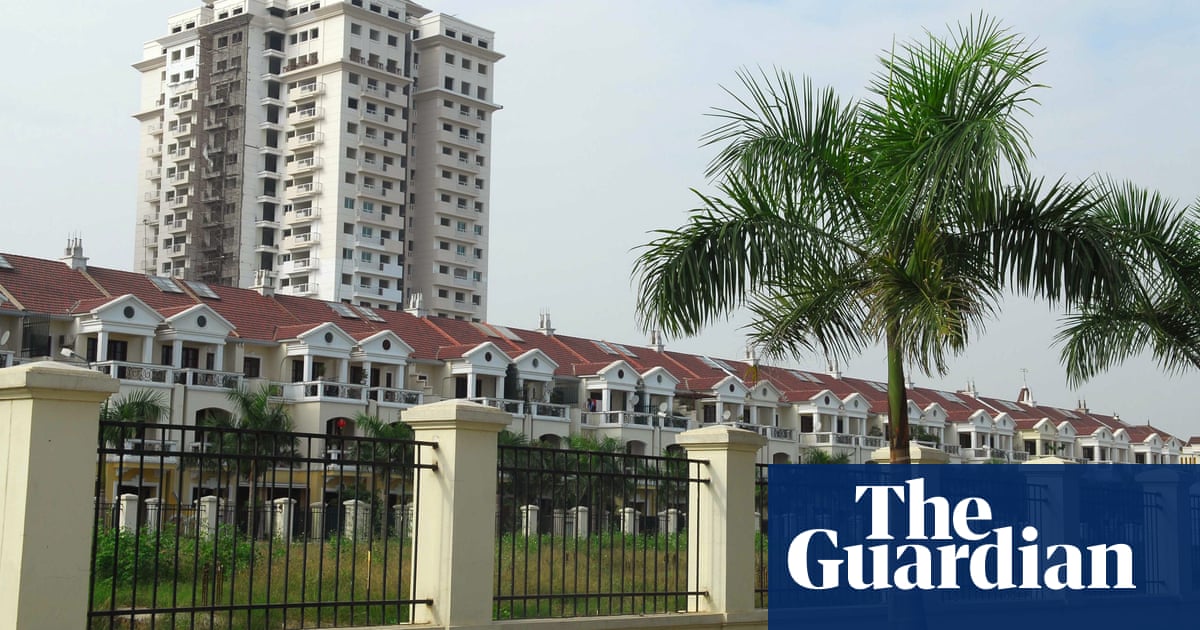Coastal Cities with Pleasant Climate
Coastal cities in China generally enjoy cleaner air quality thanks to sea breeze and temperatures moderation brought by proximity to ocean. Haikou, the capital of Hainan Province, located on the tropical island of Hainan boasts beautiful beaches and bountiful greeneries year-round under its subtropical climate. Known as the “City of Eternal Spring”, Kunming situated in the Yunnan Province inland from southeast Asia enjoys mild temperatures without extreme seasonal changes. As one of the coastal gems in China, the island city of Xiamen off the southeastern coast is renowned for clean streets and well-kept urban landscape under the influence of ocean.

City Initiatives for Environmental Protection
Zhuhai, a coastal city bordering Macao in Guangdong province has earned its reputation as one of China’s cleanest cities through continuous efforts in curbing pollution. Effective waste management system and green cover expansion program has been instituted to preserve the city’s natural treasures. Dalian, the coastal city and major port in Liaoning facing the Yellow Sea has visibly bluer skies in recent years attributed to the implementation of emission reductions mandates on local factories and power plants. Strict monitoring of industrial discharges into waterways and banning of coal heating have yielded improvement in Dalian’s air quality over the years.
High Altitude Advantage
Situated at over 3,000 meters above sea level, Lhasa - the administrative hub of Tibet Autonomous Region naturally experiences cleaner air with less particulate matter compared to places at lower elevation. Studies have shown that increasing altitude corresponds to declining levels of air pollution as particulate concentration decreases with altitude. The high Himalayan location of Lhasa offers a built-in air purification mechanism through elevation that maintains its title as one of the less polluted major cities in China.
Intra-City Variations
While some cities in China fare better in terms of average air quality, pollution concentrations within individual cities can still vary significantly between districts. Beijing for example sees noticeably lower PM2.5 in its Haidian and Changping districts situated northwest of city center compared to urban downtown and eastern suburbs near industrial parks. Similarly in Shanghai, the Pudong New Area on the eastern side of Huangpu River records higher AQI than central Lujiazui finance district and western Xuhui Area. Such intra-urban disparities underscore the interacting effects of local geography, development patterns and emission sources on intra-city air pollution profiles.
Seasonal and Weather Impact
Although certain cities enjoy overall cleaner air, fluctuating weather conditions can abruptly downgrade air quality over short periods. Stable high-pressure systems tending to accumulate pollutants often cause spikes in AQI readings of relatively clean cities. For instance, winter temperature inversions trapping particulate matter near surface level can temporarily elevate pollution levels even in usually less polluted areas like Chengdu and Chongqing. Prolonged dry spells lacking rainfall also allow dust and ash particles to remain airborne for extended durations worsening air quality. Thus, while long-term trends reflect a city’s relative air purity, temporary volatility due to fast-changing meteorology needs acknowledging.
Continuous Monitoring and Improving
As China continues industrializing and urbanizing at a rapid pace, maintaining hard-earned environmental gains calls for perpetual vigilance. All cities including relatively cleaner ones require persistent monitoring of local pollution sources and proactive corrective steps. Public participation through environmental activism and choices favoring renewable energy hold the key to sustainable pollution prevention. While challenges remain, China’s resolve to balance economic advancement with ecological stewardship bodes well for inhabitants’ health and natural heritage for generations to come. With cooperative efforts, more Chinese cities shall bear the distinction of sustained cleaner air and livable urban landscapes.
Cleaner Cities in China
Regulations and enforcement have helped curb emissions and redeem skylines in some major Chinese municipalities. Let’s explore these cleaner-air cities and factors impacting air quality variations within the vast nation.
Coastal Benefits
Coastal locations along southern and eastern seaboards enjoy natural ventilation from sea breezes. Haikou, capital of tropical Hainan, boasts clean beaches year-round. Kunming in landlocked Yunnan stays mild as “City of Eternal Spring”. Island-city Xiamen maintains tidy streets under ocean influences.
Local Initiatives
Zhuhai bordering Macau earned its clean reputation through effective waste management and afforestation. Dalian reduced industrial emissions through mandates, curbing coal heating to visibly bluer skies.
Altitude Advantage
At over 3000m, Lhasa in Tibet naturally experiences less particulates than lowlands due to elevation’s purification against pollutants. Studies show declining concentrations with increasing altitude.
Intra-City Variations
While averages portray cleaner profiles, variations exist within cities. Beijing sees disparities between districts near industrial parks versus northwest areas. Shanghai’s Pudong records higher pollution than central Lujiazui district.
Seasonal Sensitivities
Usually cleaner areas like Chengdu and Chongqing see temporary spikes in winter from temperature inversions. Prolonged dryness also holds particulates aloft, worsening transientair quality.
Vigilance and Participation
As urbanization and industries expand, maintaining environmental gains requires constant monitoring, corrective actions, and public support through renewable choices and environmentalism. Cooperation signals hope for more livable Chinese cities.

:max_bytes(150000):strip_icc()/moscow-kremlin-and-st-basil-cathedral-at-dusk-158200423-5a64f4594e46ba00377331fb.jpg) A Safe and Memorable Family Experience in Moscow
A Safe and Memorable Family Experience in Moscow